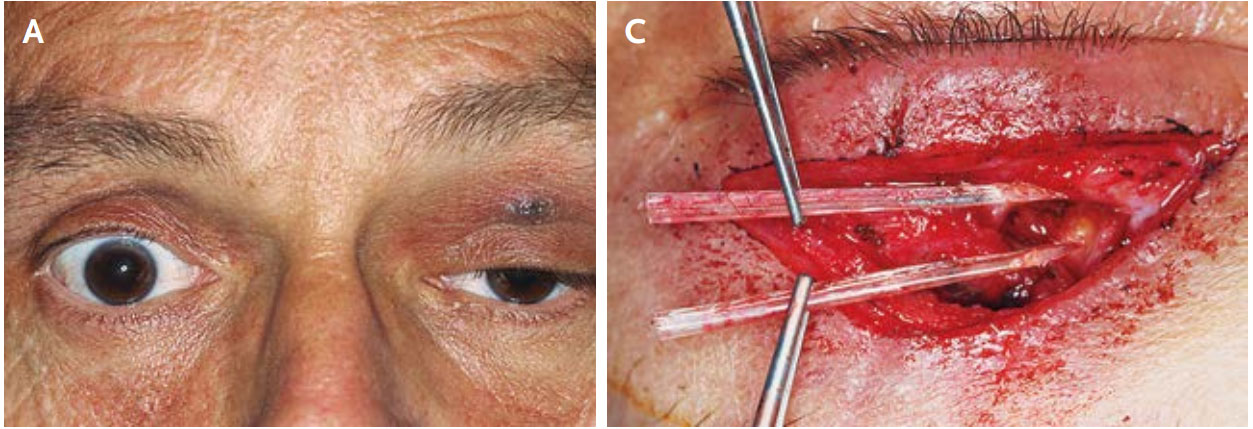Fish Jaw in the Eye: Beachgoer Leaves with Odd Malady

A tourist to the Red Sea left with an unwanted souvenir: a pair of fish jaws embedded in his eyelid, according to a new report of the case.
The 52-year-old man went swimming at a beach on the Red Sea, an inlet of the Indian Ocean that sits between Africa and Asia. But during his swim, he collided with a school of fish.
Later, the man developed a swollen and droopy eyelid that didn't go away even a month later, according to the report.
The man went to the doctor, and an imaging test showed that he had an area of inflammation called a granuloma in his eyelid. Doctors performed surgery to remove the granuloma, but during the operation, they also removed "two transparent tubular structures," from the man's eyelid, the report said. [12 Amazing Images in Medicine]
Dr. Wolf A. Lagrèze, of the Department of Ophthalmology at Albert Ludwigs University Freiburg in Germany, who treated the patient, said he was "absolutely" surprised to find these foreign structures in the man's eye. Lagrèze guessed that the structures belonged to a fish, because the patient had said that he collided with an animal in the water.
A biologist at the Thünen Institute of Sea Fisheries in Hamburg helped identify the structures as the jawbones of a halfbeak, a type of fish that is common in shallow and coastal waters.
The doctors think that the fish jaws caused the man's eyelid to droop because "the beaks of the fish immobilized the muscles that move the eyelid and the eye ball upward," Lagrèze told Live Science.
Get the world’s most fascinating discoveries delivered straight to your inbox.
Within three months of the surgery, the man completely recovered and was able to move his eye and eyelid normally, said the report, which is published today (Sept. 16) in the New England Journal of Medicine.
Follow Rachael Rettner @RachaelRettner. Follow Live Science @livescience, Facebook & Google+. Original article on Live Science.

Rachael is a Live Science contributor, and was a former channel editor and senior writer for Live Science between 2010 and 2022. She has a master's degree in journalism from New York University's Science, Health and Environmental Reporting Program. She also holds a B.S. in molecular biology and an M.S. in biology from the University of California, San Diego. Her work has appeared in Scienceline, The Washington Post and Scientific American.


